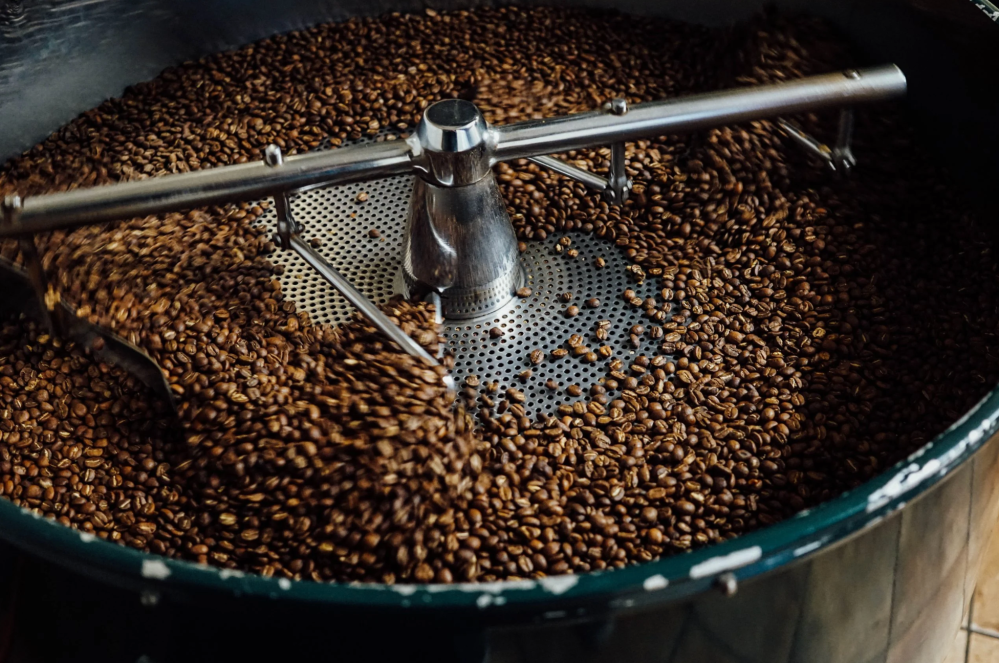While roasting was once considered an art that relied on the roaster's experience and intuition, today the world is witnessing a quiet revolution in this field, driven by artificial intelligence, spectral analysis, and accurate thermal data. The goal remains the same: achieving balanced extraction and a distinct flavor profile for every coffee batch. But the tools have changed, becoming smarter than ever.
The latest roasting systems like Roast.AI , Stronghold S9X, and Ikawa Pro V4 no longer just record temperature and time, but analyze in real time how the coffee reacts inside the drum—from heat absorption to color development, gas emission, and even the degree of mechanical expansion of the beans.
These systems use machine learning algorithms that predict the ideal roast level based on historical data, adjusting power input or airflow in real time to achieve an “ideal curve” that mimics the roaster’s taste or customer’s requirements.
Artificial intelligence doesn't replace humans, but rather expands their understanding. The experienced roaster still decides when to stop roasting. But machines now allow them to control roasting to within 0.1 degrees Celsius and track the Maillard reaction and carbon dioxide in real-time, something previously impossible.
Interestingly, these technologies have opened the door to transparency in the specialty coffee trade. A roaster in Riyadh or Jeddah can share the same roasting curve with a colleague in Seoul or Melbourne, achieving virtually the same flavor profile from the same Yemeni, Saudi, or Ethiopian crop.
This is how coffee transforms from a “mysterious art” to a “reproducible science,” without losing its craftsmanship.

